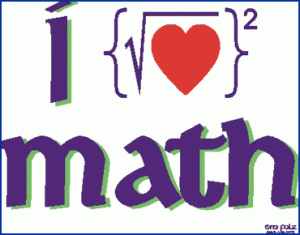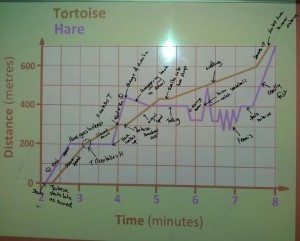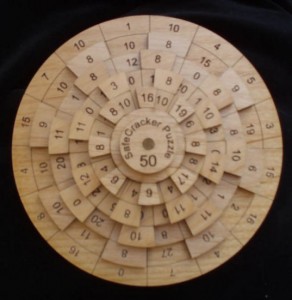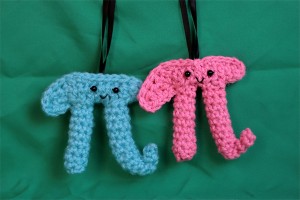I have recently been teaching lower ability Year 9 students how to calculate the mean from grouped and ungrouped data tables. I didn’t want to teach them a method to learn by rote, so I used a more investigative approach.

Image Credit: http://www.thisismykea.com/designs/mr-messy
Grouped Frequency tables discussion
Estimated messy mean A (pdf)
I started with a table with all the working shown, but some information blacked out. Each group had an A3 version and they filled in what was missing.
Estimated messy mean B (pdf)
The second table had more information covered up. After a discussion the groups decided there wasn’t enough information and they would have to guess what the missing numbers were.
Estimated messy mean C (pdf)
The third table had minimal information. Each group used their own method to find the missing values. Some chose the largest value in the range, some guessed what the results could have been in each group and one group decided to calculate two means – one using the largest value and one using the smallest.
We collected our results together on the board and discussed their accuracy. The class decided to use the middle of each range to calculate the estimated mean. They had gone from no understanding of estimated mean to formulating their own method.
We followed this up a Splitting the Steps estimated mean worksheet that I wrote after seeing Bruno Reddy’s presentation after #MathsConf2014 (Mr Reddy’s blog).
Follow him on Twitter: @MrReddyMaths
Like this:
Like Loading...





